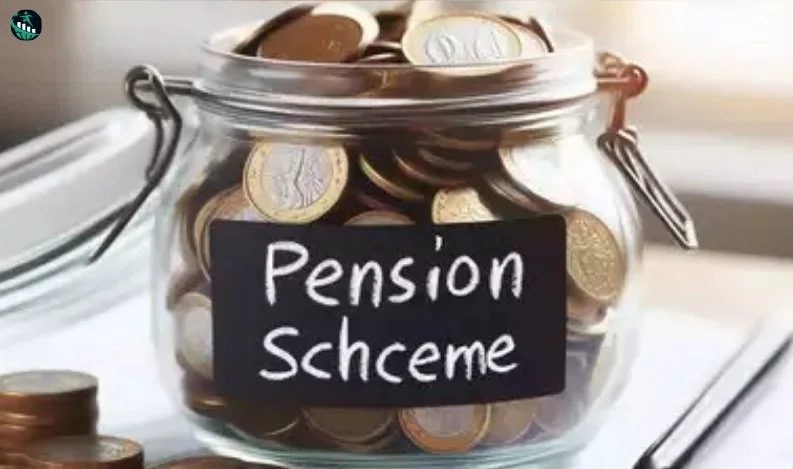
Unified Pension Scheme: Key Features and Benefits Explained
The Unified Pension Scheme (UPS) is set to provide immediate benefits to 2.3 million central government employees, with the potential to extend coverage to 9 million employees if state governments choose to join the scheme.
New Delhi, India: The Government of India has approved the Unified Pension Scheme (UPS), a significant initiative designed to secure the financial future of 2.3 million central government employees post-retirement. This scheme aims to provide stability and financial security to government employees, ensuring they receive adequate support after their years of service.
Key Features of the Unified Pension Scheme
-
Guaranteed Pension under the Unified Pension Scheme:
Employees with a minimum of 25 years of service are entitled to a guaranteed pension amounting to 50% of their average basic pay during the last 12 months prior to retirement. Those with less than 25 years of service will receive a proportionate pension, with a minimum qualifying period of 10 years of service. -
Guaranteed Family Pension:
In the event of an employee's death, the spouse will receive a guaranteed family pension under the Unified Pension Scheme, amounting to 60% of the pension the employee was receiving before their death. -
Minimum Pension Guarantee:
Employees with at least 10 years of service are assured a minimum pension of ₹10,000 per month upon retirement under the Unified Pension Scheme. -
Inflation Indexation:
Both the guaranteed pension and family pension under the Unified Pension Scheme will be adjusted for inflation, ensuring that the pension amounts keep pace with the cost of living. -
Dearness Relief:
Retirees under the Unified Pension Scheme will receive Dearness Relief based on the All India Consumer Price Index for Industrial Workers (AICPI-IW), similar to current employees. -
Lump Sum Payment upon Superannuation:
Upon superannuation, employees will receive a lump sum payment in addition to gratuity. This payment will be calculated as 1/10th of the employee's monthly emoluments (including pay and Dearness Allowance) on the date of retirement for every completed six months of service. Importantly, this lump sum payment will not reduce the guaranteed pension amount under the Unified Pension Scheme.
Prime Minister Narendra Modi stated, "The Unified Pension Scheme is a testament to our commitment to ensuring dignity and financial security for government employees. We are proud of their contributions to the nation's progress, and this scheme underscores our dedication to their well-being and secure future."
While the Unified Pension Scheme is initially expected to benefit 2.3 million central government employees, the number could rise to 9 million if state governments choose to adopt the scheme. This extension would provide broader coverage to government employees across India.
The announcement of the Unified Pension Scheme comes amidst the backdrop of several non-BJP states opting to revert to the Dearness Allowance (DA)-linked Old Pension Scheme (OPS), with demands from employee organizations in other states for the same.
The National Pension Scheme (NPS) has been in effect for all government employees, except those in the armed forces, who joined the central government on or after January 1, 2004. Most state and Union Territory governments have also implemented the NPS for their new employees.
Under the Old Pension Scheme (OPS), retired government employees received 50% of their last drawn salary as a monthly pension, which increased in line with DA rates. However, the OPS is not fiscally sustainable, as it is non-contributory and places a growing burden on the exchequer.



Recent Comments: